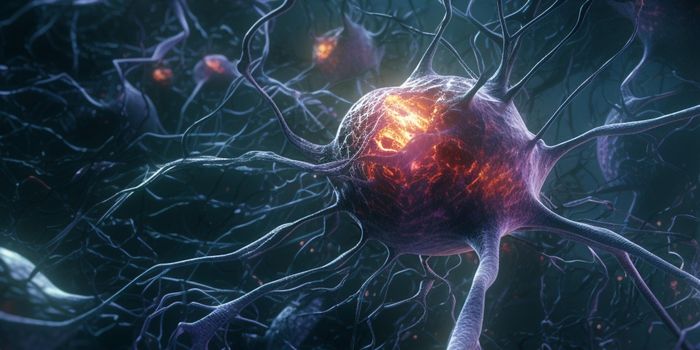Skull Fossil Yields One of the Oldest Modern Human Genomes
In the early 1950s, a very old human skull was discovered in Czechia; the sample was called Zlatý Kůň (golden horse in Czech). This skull yielded DNA that has now been analyzed. The effort revealed longer genomic sequences than those that came from a sample called Ust'-Ishim found in Siberia, which was previously known as the oldest modern human whose DNA had been sequenced. The analysis of the individual from Czechia provides evidence that modern humans were living in central Europe over 45,000 years ago, and is one of the oldest, possibly the oldest human sample to be sequenced. The findings have been reported in Nature Ecology & Evolution.
Scientists have shown that after modern humans living long ago migrated out of Africa, they were probably interbreeding with Neanderthals in the Near East about 50,000 years ago. Everyone whose ancestors arose outside of Africa after that event still carries from two to three percent Neanderthal DNA in their genomes. These segments of Neanderthal DNA have gradually gotten shorter over time, and the segment length can provide an indication of when someone lived.
Archaeological data has suggested that modern humans had arrived in southeastern Europe somewhere between 47,000 and 43,000 years ago, but we still know almost nothing about those people. The sample discovered in Czechia is a woman that was probably part of a group that existed before the populations producing modern Europeans and Asians had split.
An anthropological analysis of Zlatý kůň's skull indicated that there were similarities with the skulls of people who lived at least 30,000 years ago. But radiocarbon dating results were sporadic, with some suggesting the skull was only 15,000 years old. A genetics laboratory was able to produce more reliable data.
"We found evidence of cow DNA contamination in the analyzed bone, which suggests that a bovine-based glue used in the past to consolidate the skull was returning radiocarbon dates younger than the fossil's true age," explained co-lead study author Cosimo Posth, a Professor of Archaeo- and Palaeogenetics at the University of Tübingen.
Some Neanderthal DNA in the skull's DNA sequence provided the information they needed; Zlatý kůň has roughly the same level of Neanderthal DNA in her genome as other modern humans from outside Africa, like Ust'-Ishim. However, the average length of her Neanderthal DNA segments were much longer.
"The results of our DNA analysis show that Zlatý kůň lived closer in time to the admixture event with Neanderthals," said co-lead study author Kay Prüfer, a group leader at the Max Planck Institute for Evolutionary Anthropology.
The researchers suggested that Zlatý kůň is now the oldest human genome ever sequenced, about the same age or a little older than Ust'-Ishim, and from about 2,000 years after the last admixture.
"It is quite intriguing that the earliest modern humans in Europe ultimately didn't succeed! Just as with Ust'-Ishim and the so far oldest European skull from Oase 1, Zlatý kůň shows no genetic continuity with modern humans that lived in Europe after 40,000 years ago," noted senior study author Johannes Krause, director of the Max Planck Institute for Evolutionary Anthropology.
About 39,000 years ago, the Campanian Ignimbrite volcanic eruption happened in the Mediterranean, severely affecting climate. That may be why early modern humans and Neanderthals had difficulty surviving.
Sources: Science Daily via Max Planck Institute for the Science of Human History, Nature Ecology & Evolution









